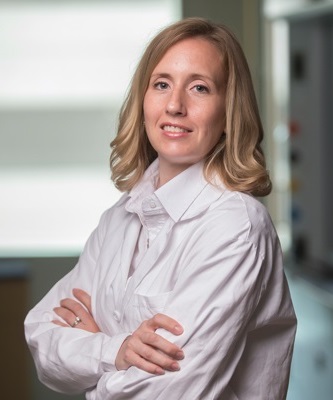A bold engineering approach to sort breast cancer cells based on their behavior first has produced compelling data that show less migratory cells create more metastases, contradicting the prevailing hypothesis on how cancer spreads.
Preliminary discoveries by Cynthia Reinhart-King, Cornelius Vanderbilt Professor of Engineering, have led to surprising results. The ability of cells to move has been considered integral to the ability of cancer to spread to secondary sites. Reinhart-King is changing that paradigm.

Her research has the potential to lead to new, more effective cancer treatments. Melanoma, colorectal, lung and prostate cancers are highly metastatic cancers with low survival rates. Lung cancer is the most significant cause of cancer-related deaths, followed by colon, and both are among the least funded cancer types compared to their societal burden.
“This is a novel and comprehensive approach to studying disease. We are collecting, analyzing, verifying and validating a massive amount of data in order to sort cells based on their ability to move,” said Reinhart-King, professor of biomedical engineering.
Cancer cells must leave the primary tumor, enter the circulation or the lymph system, travel to a secondary site, exit and multiply to form a secondary tumor. The same mechanisms that apply to slowing the spread of breast cancer may hold true for lung, skin, colorectal and other cancers.
Expanding her research on breast cancer metastases to other highly metastatic and lethal cancers has earned Reinhart-King a prestigious three-year, $1 million grant from the W. M. Keck Foundation, which awards grants for high-risk medical research projects with transformative potential.
The goal is to use multiple cell lines and to investigate each step along the metastatic cascade using both animal models and tissue-engineered models of tumors. Researchers will use a broad range of techniques to sort cells based on their behaviors and their ability to move, including sophisticated tissue-engineered models of the tumor microenvironment, advanced optical imaging techniques, protein and chemical analysis, patient databases, and computational analysis. They will use genomic, epigenomic and proteomic analyses to identify the key drivers of successful metastasis.
“Studying multiple cell types and cancers opens the possibility that we will find commonalities that exist across cancer types,” Reinhart-King said. “The underlying research could be vital to learning how we might defeat several types of metastatic cancers.”